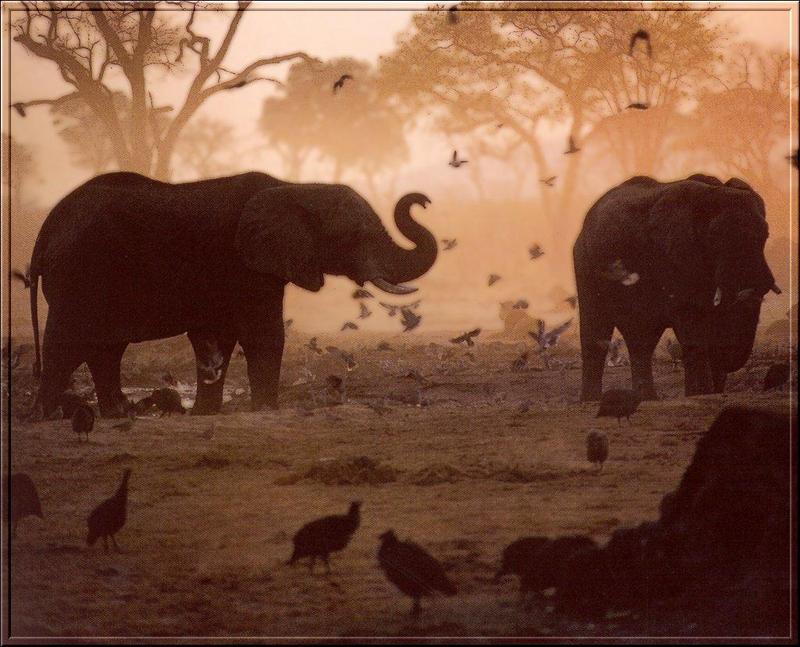|
| 질의: elephant | 결과: 477번째/1460 | |
South African Bush Elephants (Loxodonta africana africana) (덤불코끼리(아프리카코끼리 아종))
| 제목: | South African Bush Elephants (Loxodonta africana africana) (덤불코끼리(아프리카코끼리 아종))
| |

| 해상도: 1024x828
파일크기: 151790 Bytes
등록시간: 2004:10:02 00:01:08
|
From: Pierre@home.be (Pierre)
Subject: Fauna in South Africa - Part 6 > File 02 of 10 - PO_Fisa_052_El?hants0.jpg (1/1)
Date: Thu, 02 Nov 2000 17:23:45 GMT
Newsgroups: alt.binaries.pictures.artpics
|
댓글 |
|---|
| | 손님 |
|
| The African bush elephant (Loxodonta africana) is the larger of the two species of African elephant. Both it and the African forest elephant have in the past been classified as a single species, known simply as the African elephant. |
^o^
동물그림창고 똑똑전화 누리집
^o^
|
|
|